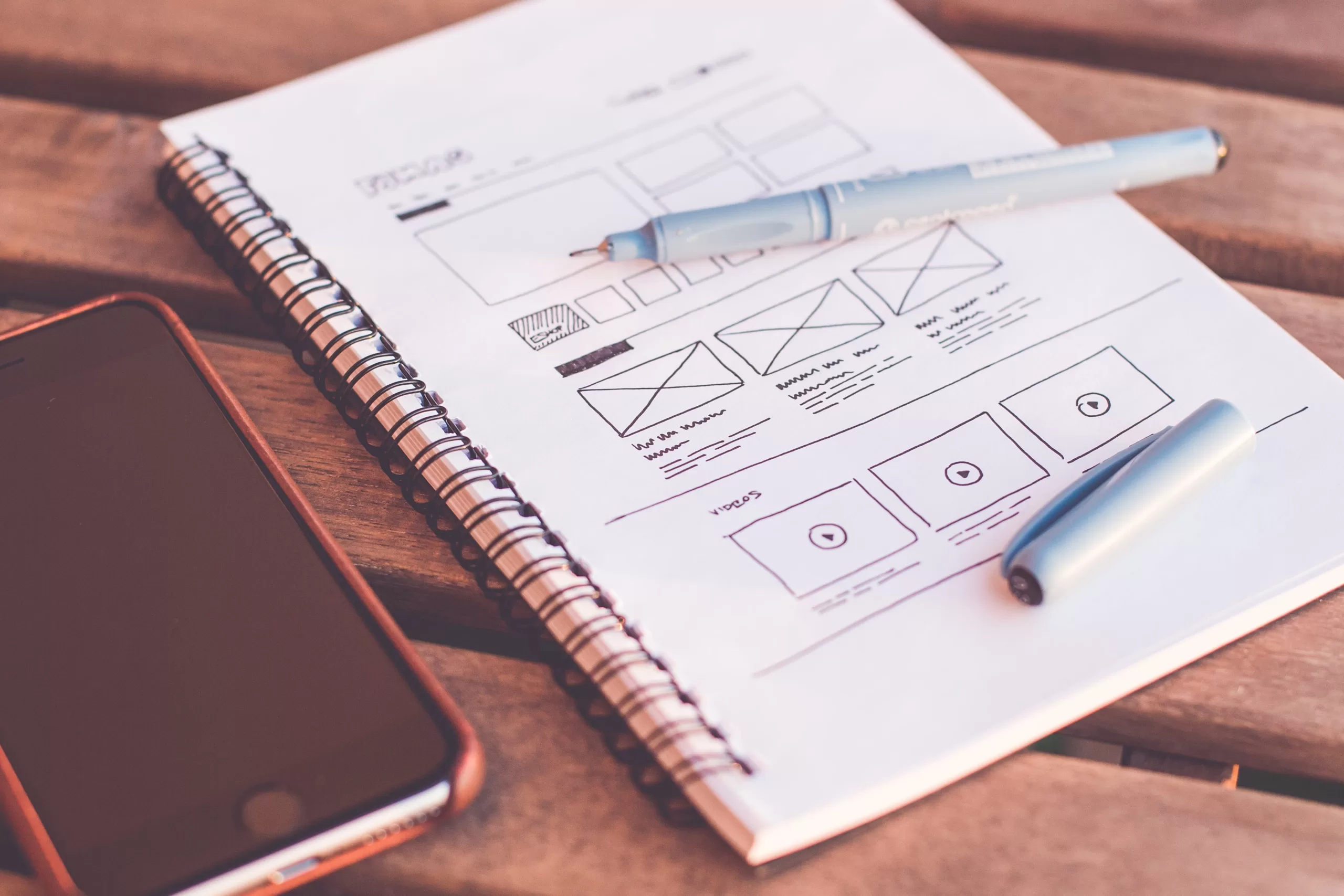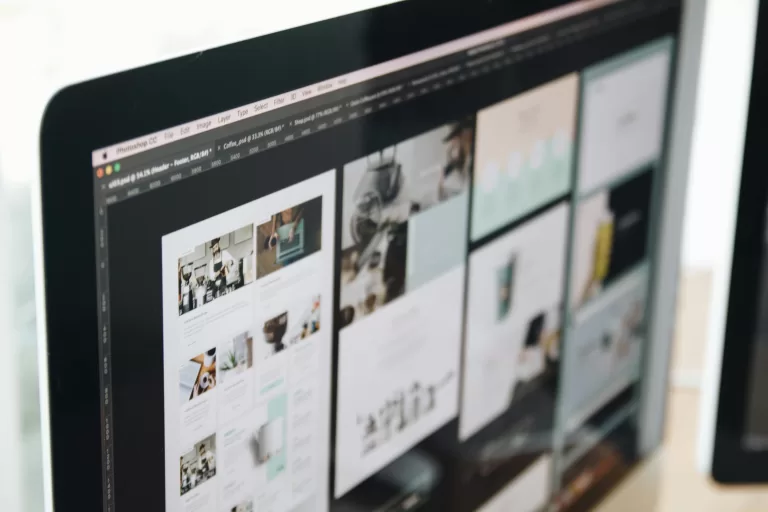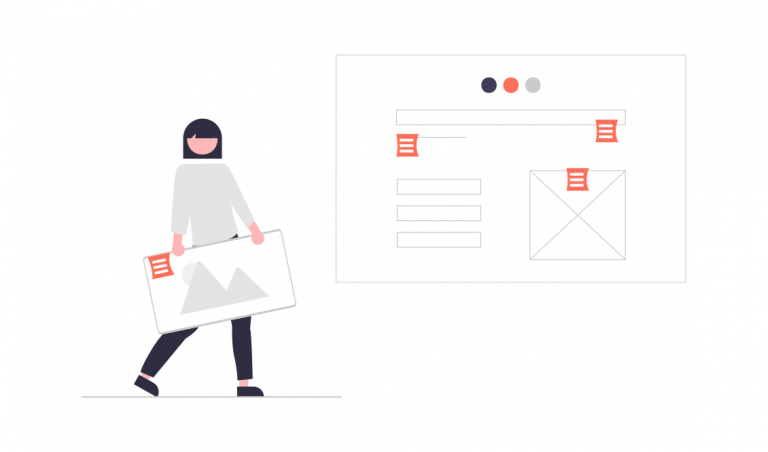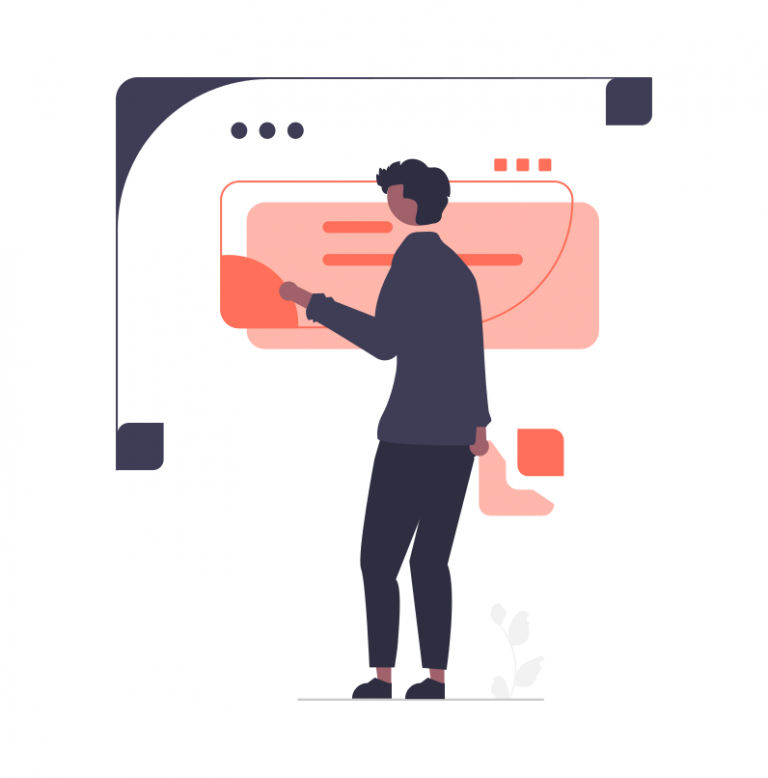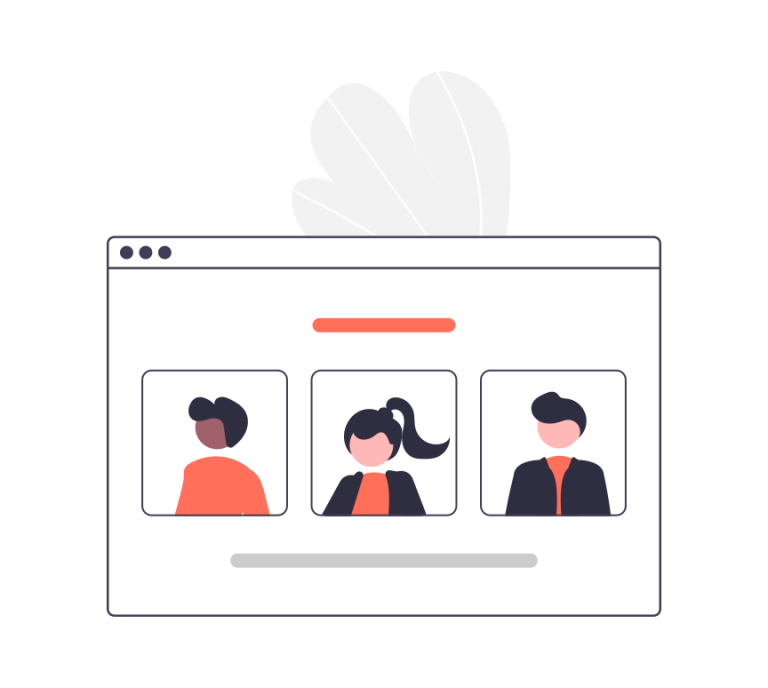10 Cutting-Edge Web Design Trends Taking the USA by Storm
In today’s rapidly evolving digital landscape, web design trends are instrumental in shaping user experiences (UX) and enhancing engagement. With technology progressing and consumer preferences evolving, staying abreast of these trends is crucial for businesses seeking to differentiate themselves in the competitive online arena. This article delves into ten cutting-edge web design trends that are reshaping the digital landscape in the USA. These trends are not only transforming the aesthetics of websites but also redefining how users interact with and perceive online content. By embracing these innovations, businesses can create immersive and user-centric web experiences that captivate audiences and drive meaningful connections. From bold typography to immersive multimedia and inclusive design principles, these trends reflect the evolving needs and expectations of today’s digital consumers. Embracing these advancements enables businesses to stay ahead of the curve, delivering memorable experiences that leave a lasting impression on users.
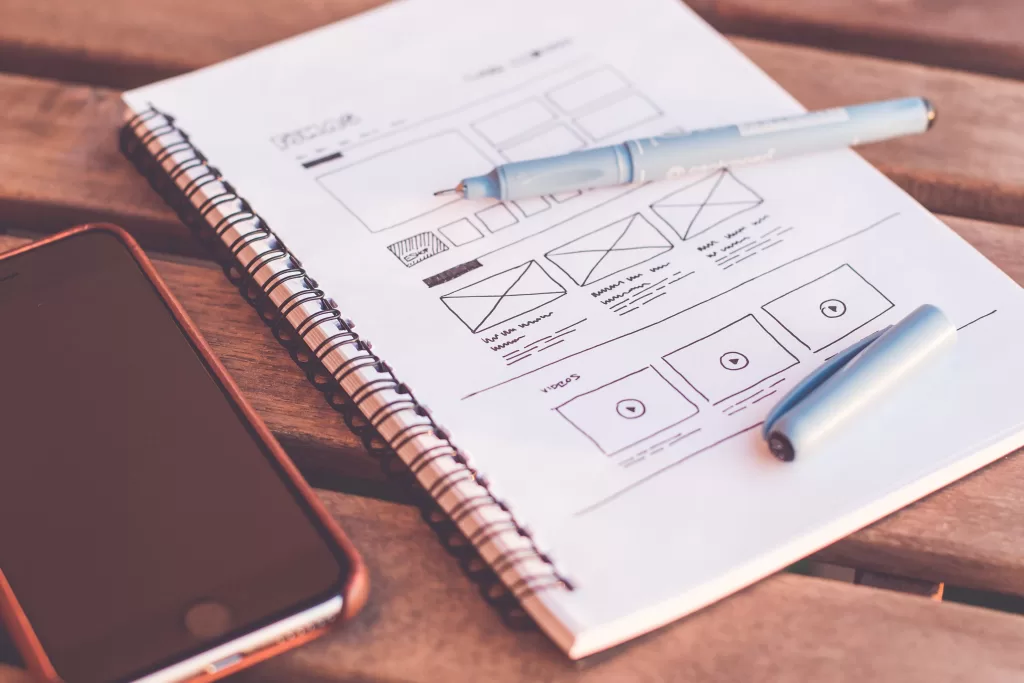
Bold Typography
In the realm of web design, typography is more than just words on a screen; it’s a powerful design element that can evoke emotions, guide attention, and establish brand identity. Bold typography is making waves in the USA, with designers opting for large, expressive fonts that demand attention. By leveraging bold typography, websites can create memorable user experiences (UX) that leave a lasting impression on visitors. Whether it’s through striking headlines, impactful quotes, or innovative navigation menus, bold typography is redefining the way users engage with web content.
Minimalist Design
In an era cluttered with information overload, minimalist design has emerged as a breath of fresh air in web design trends. By stripping away unnecessary elements and focusing on clean layouts, whitespace, and intuitive navigation, minimalist websites provide users with a seamless browsing experience. This approach not only enhances user experience (UX) by reducing distractions but also ensures faster loading times and improved responsiveness across devices. In the USA, businesses are embracing minimalist design principles to deliver sleek, modern websites that prioritize content and functionality.
Dark Mode
Dark mode has become a ubiquitous feature in software applications and operating systems, and its popularity has now extended to web design. With its sleek aesthetic and potential energy-saving benefits for OLED displays, dark mode is transforming the way websites present content. By offering users the option to switch between light and dark themes, websites can cater to diverse preferences and enhance user experience (UX) in low-light environments. In the USA, designers are leveraging dark mode to create visually stunning interfaces that prioritize readability and reduce eye strain.
Immersive Multimedia
In today’s digital landscape, attention spans are dwindling, making it challenging for websites to capture and retain users’ interest. To combat this, designers are embracing immersive multimedia experiences that combine captivating visuals, interactive elements, and compelling storytelling. From full-screen video backgrounds to parallax scrolling effects, immersive multimedia transforms static web pages into dynamic, engaging narratives. By integrating multimedia content seamlessly into the user experience (UX), websites can create memorable interactions that resonate with audiences long after they’ve left the page.
Microinteractions
Microinteractions are subtle yet powerful design elements that enhance user experience (UX) by providing feedback, guidance, and delight throughout the browsing journey. From animated button hover effects to interactive form validations, microinteractions add depth and personality to websites, making them more intuitive and enjoyable to use. In the USA, designers are leveraging microinteractions to create seamless interactions that keep users engaged and entertained. By focusing on the details, websites can elevate the overall user experience (UX) and differentiate themselves in a crowded digital landscape.
3D Graphics
Advancements in web technologies have unlocked new possibilities for incorporating three-dimensional (3D) graphics into website design. From product showcases to virtual tours, 3D graphics are revolutionizing the way websites present information and engage users. By leveraging WebGL, CSS3D, and other technologies, designers can create immersive experiences that blur the line between the digital and physical worlds. In the USA, businesses are harnessing the power of 3D graphics to showcase products, tell stories, and create memorable brand experiences that captivate audiences and drive conversions.
Variable Fonts
Variable fonts represent a groundbreaking evolution in typographic design, offering unprecedented flexibility and control over typography on the web. By encapsulating multiple font styles within a single file, variable fonts enable designers to create dynamic, responsive typography that adapts to various screen sizes, resolutions, and languages. This versatility not only enhances visual consistency and readability but also reduces page load times and bandwidth usage. In the USA, designers are embracing variable fonts to push the boundaries of typographic expression and create truly unique and engaging web experiences.
Voice User Interfaces (VUIs)
With the rise of virtual assistants and smart speakers, voice user interfaces (VUIs) are becoming increasingly prevalent in web design. By enabling users to navigate websites, search for information, and perform tasks using voice commands, VUIs offer a hands-free and intuitive browsing experience. In the USA, businesses are integrating VUIs into their websites to cater to the growing demand for voice-driven interactions. By leveraging technologies such as speech recognition and natural language processing, websites can provide personalized and frictionless experiences that enhance user satisfaction and loyalty.
Augmented Reality (AR) and Virtual Reality (VR)
Augmented reality (AR) and virtual reality (VR) technologies are reshaping the way we experience the web, offering immersive and interactive experiences that transcend traditional boundaries. From virtual product demonstrations to interactive museum tours, AR and VR are revolutionizing how websites engage and inform users. In the USA, forward-thinking businesses are leveraging AR and VR to create memorable brand experiences, drive customer engagement, and differentiate themselves in competitive markets. By harnessing the power of these emerging technologies, websites can captivate audiences and unlock new opportunities for innovation and growth.
Accessibility
Inclusive design is not just a trend; it’s a fundamental principle that should guide every aspect of web design. By prioritizing accessibility and ensuring that websites are usable by people of all abilities and disabilities, designers can create more inclusive and equitable online experiences. From semantic HTML markup to keyboard navigation and alternative text for images, accessibility features enhance user experience (UX) for everyone, regardless of their physical or cognitive limitations. In the USA, businesses are recognizing the importance of accessibility compliance and incorporating inclusive design principles into their websites to reach a wider audience and foster a more inclusive digital ecosystem.
Staying abreast of the latest web design trends is essential for businesses seeking to deliver exceptional user experiences and stay competitive in the digital landscape. By embracing user-centric design principles, leveraging innovative technologies, and prioritizing accessibility, websites can captivate audiences, drive engagement, and achieve their business objectives.
For inquiries about implementing these cutting-edge web design trends into your website or for any other web development needs, contact Liss Solutions today at info@lisssolutions.com or call us at +355 69 21 57 422. Let us help you elevate your online presence and deliver unforgettable user experiences.

